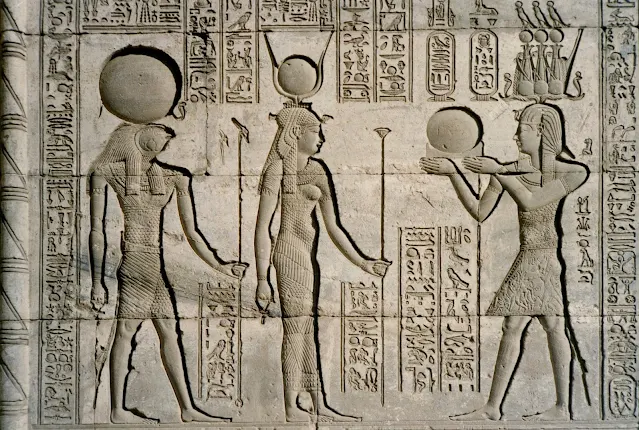Electricity in Ancient Times
There are known artifacts which suggest the theoretical possibility that our ancestors were using or experimenting with electricity, and the exact purpose is not presently known. Historical records indicate that Thales of Miletus, around 624 to 546 BCE, experimented with amber and lodestone showing a precise relationship between magnetism and electrification.
The Bagdad Parthian battery, a physically existing example, dates between 250BCE and 224CE and is composed of a ceramic pot, copper cylinder and an iron rod. Theories have suggested the Parthian battery may have been used to provide a small shock or tingle as a therapeutic remedy. Naturally abundant chemicals at the time support the theory though certain skeptics claim that because the jar can't be proven to have been used as a battery, it must not be one.
Another find is the controversial Dendera Light in Egypt, fuels skeptical debate of whether or not our ancient relatives had the means to harness electricity. The Dendera Light is found on a relief in the Dendera Temple Complex and claimed to be a depiction of a Djed pillar, lotus flower and a spawning snake according to Egyptian mythology. When viewed with modern influence, the Dendera Light looks nearly identical to a Geissler Tube or Arc Lamp.
When viewed with a modern influence, the Dendera Light looks nearly identical to a Geissler Tube or an Arc Lamp. Egypt is also home to several other interesting uses for copper, some of which have lead people to believe that copper wrapped pole tops may have conducted lightning or another form of electricity at one point. It's very interesting to note that some of the larger pylon-type structures outside of the Temple of Luxor do indeed look like giant torches, which may have been an amazing sight if true.
This lends to the idea that some of the larger structures may have indeed served other purposes than what is believed at face value. One theory goes so far as explaining the Great Pyramid of Giza as a giant electric reactor. The theory claims ventilation shafts are actually giant tubes designed to pour and mix chemicals in the Queen's chamber. Even more interesting is that there is actually evidence supporting the theory.
Half-way around the world is yet another discovery in Mesoamerica at the Pyramid of the Sun in Teotihuacan. Giant ninety foot square mica sheets up to twelve inches thick were uncovered between two of the upper levels and is said to have been transported there from 2,000 miles away in Brazil.
The mica was found in locations hidden from sight thereby giving the impression it was not used for decorative purposes. Mica is used in modern electronics for creating capacitors, nuclear track micro filters, and as a birefringent used in optical devices such as wave plates and light modulators. Strangely enough, two gigantic and highly polished mirrors were discovered in a chamber at the base of the Pyramid of the Sun which may relate somehow to a type of light modulation.



